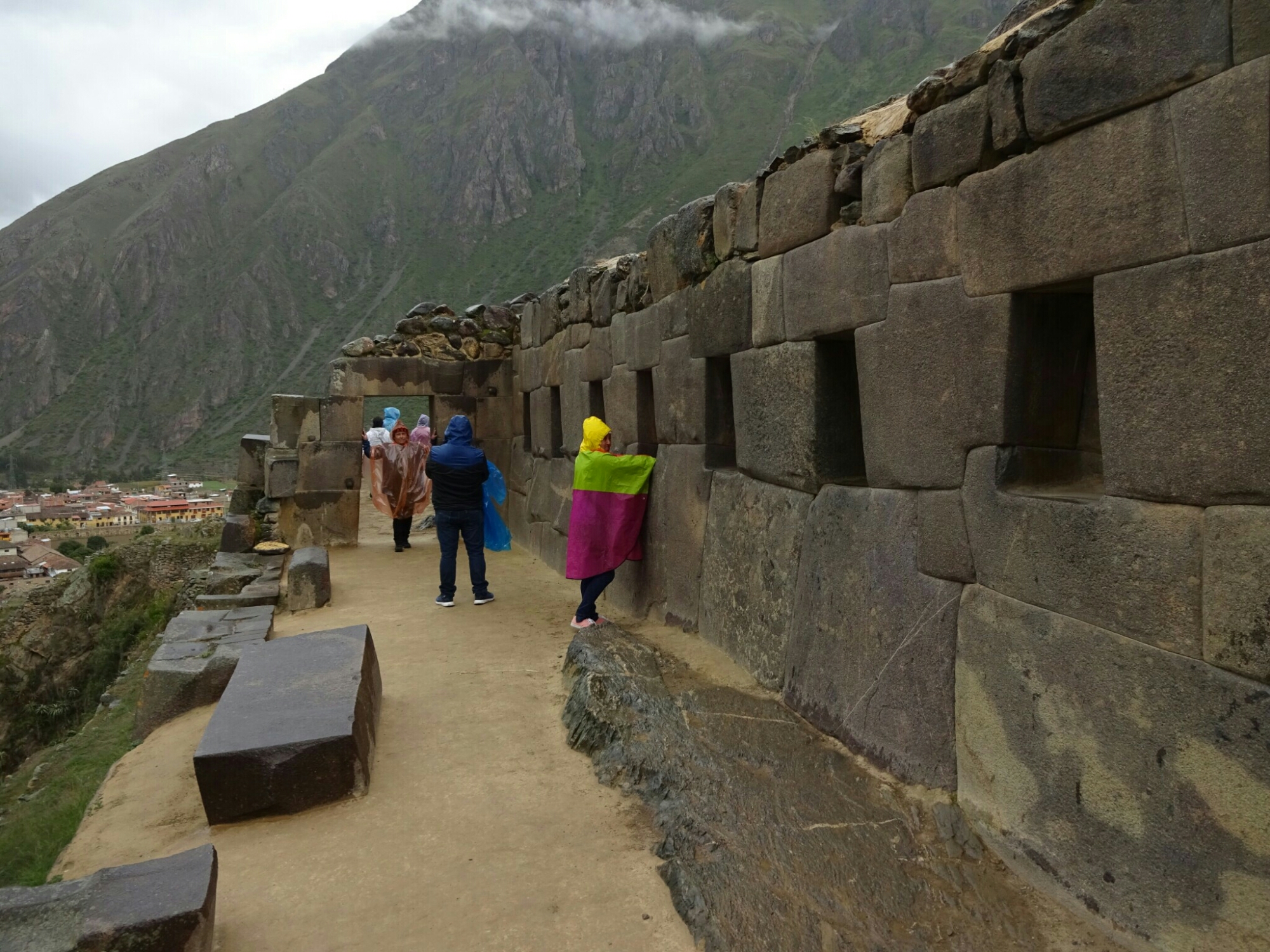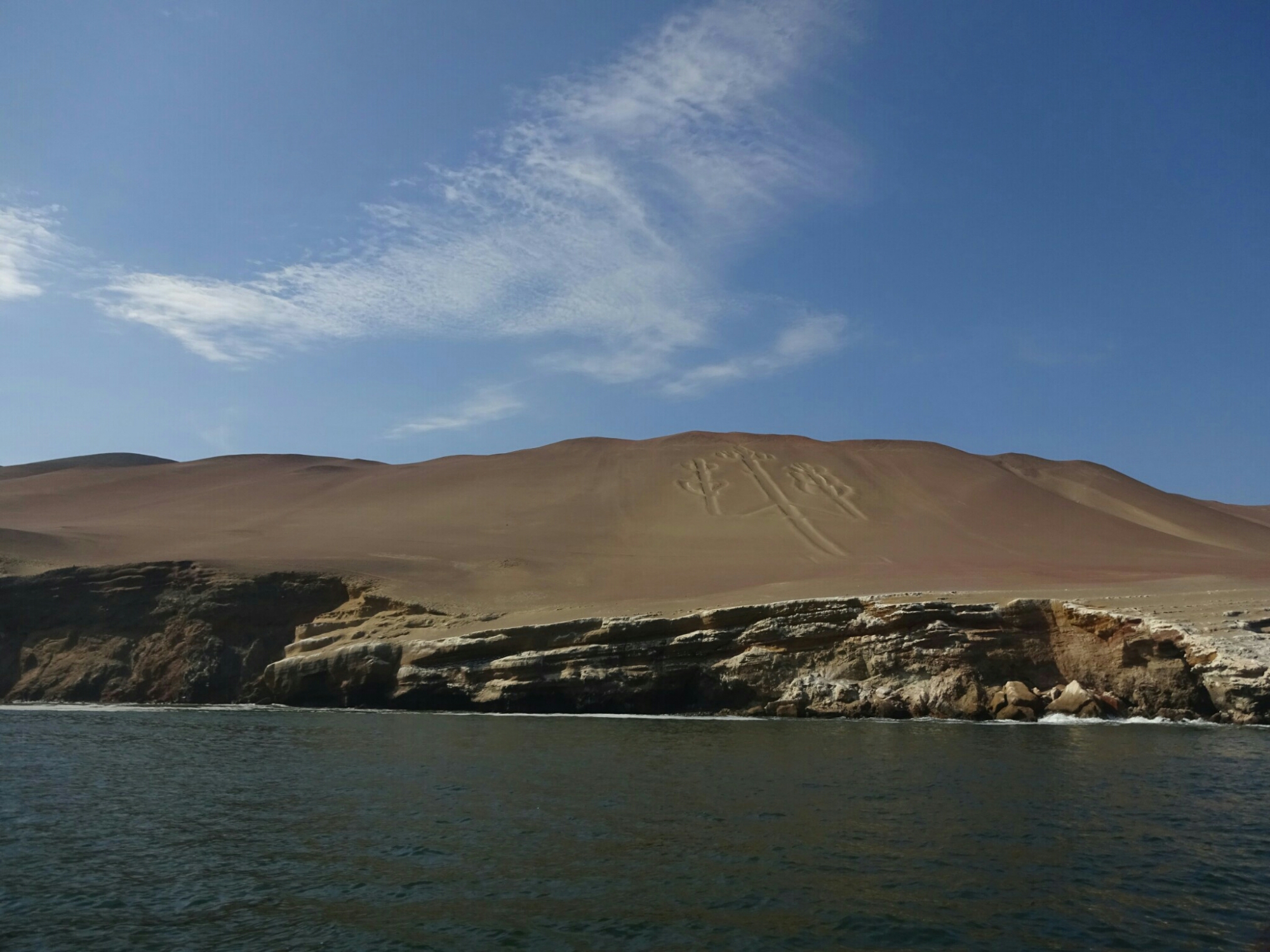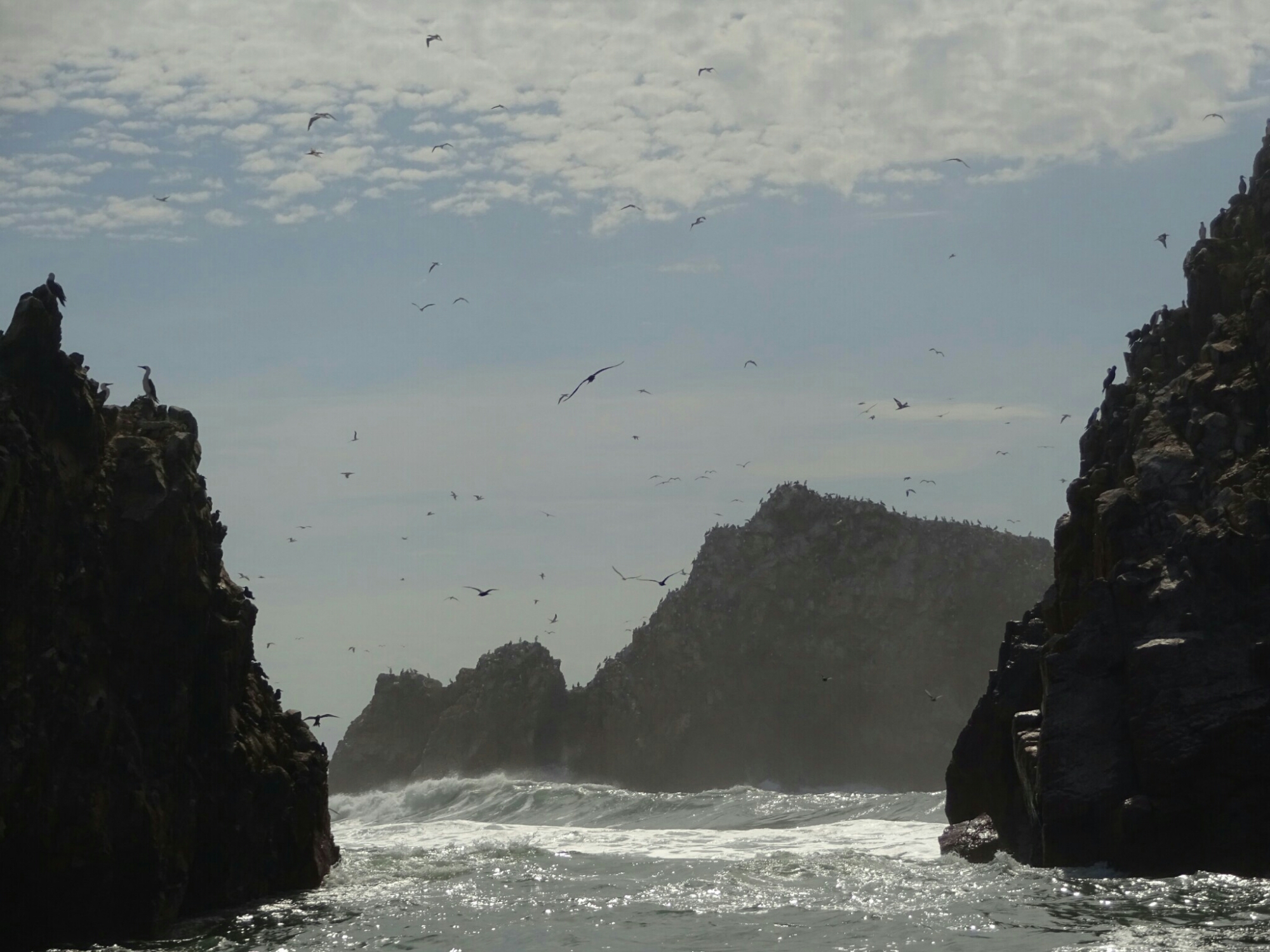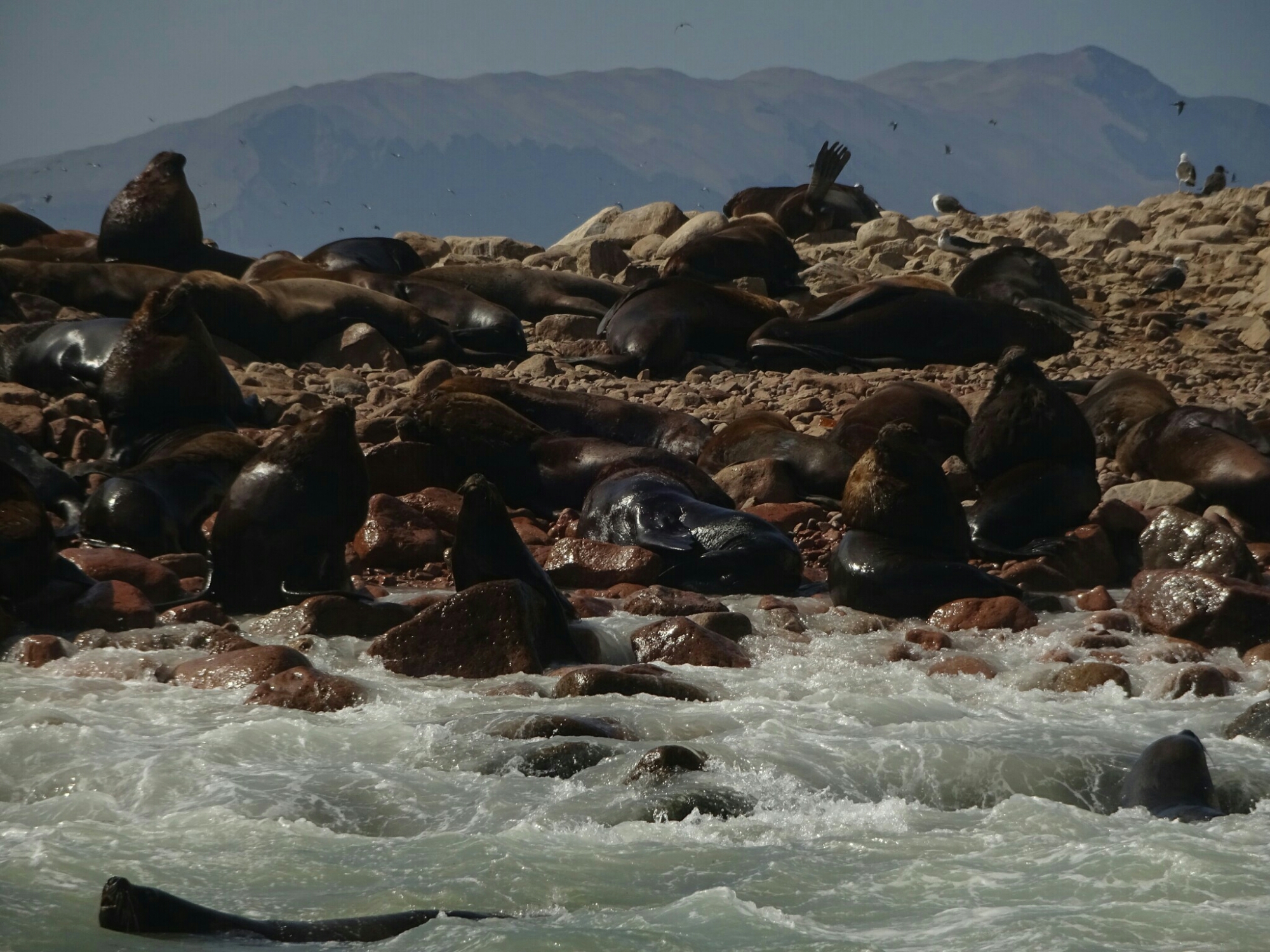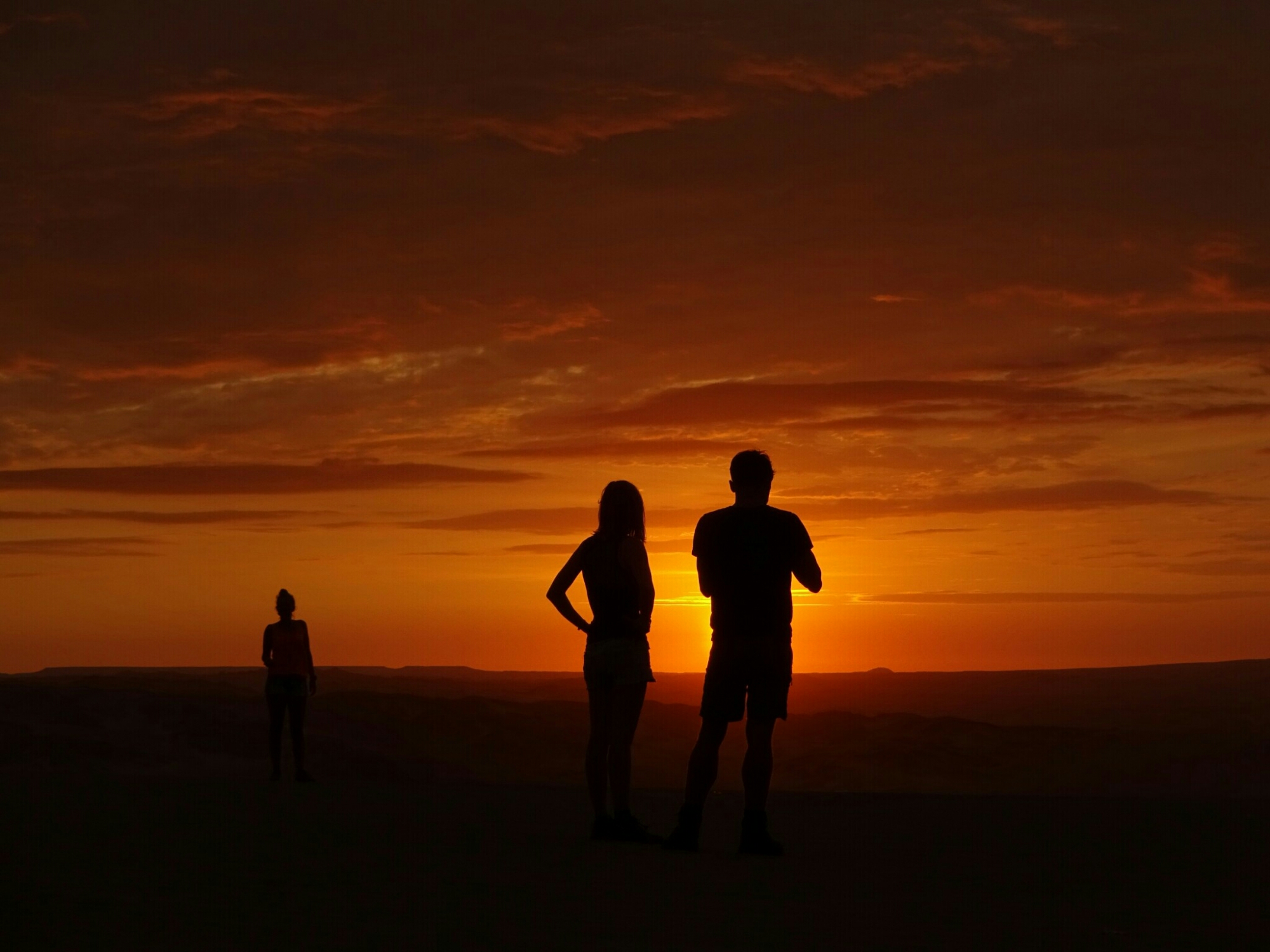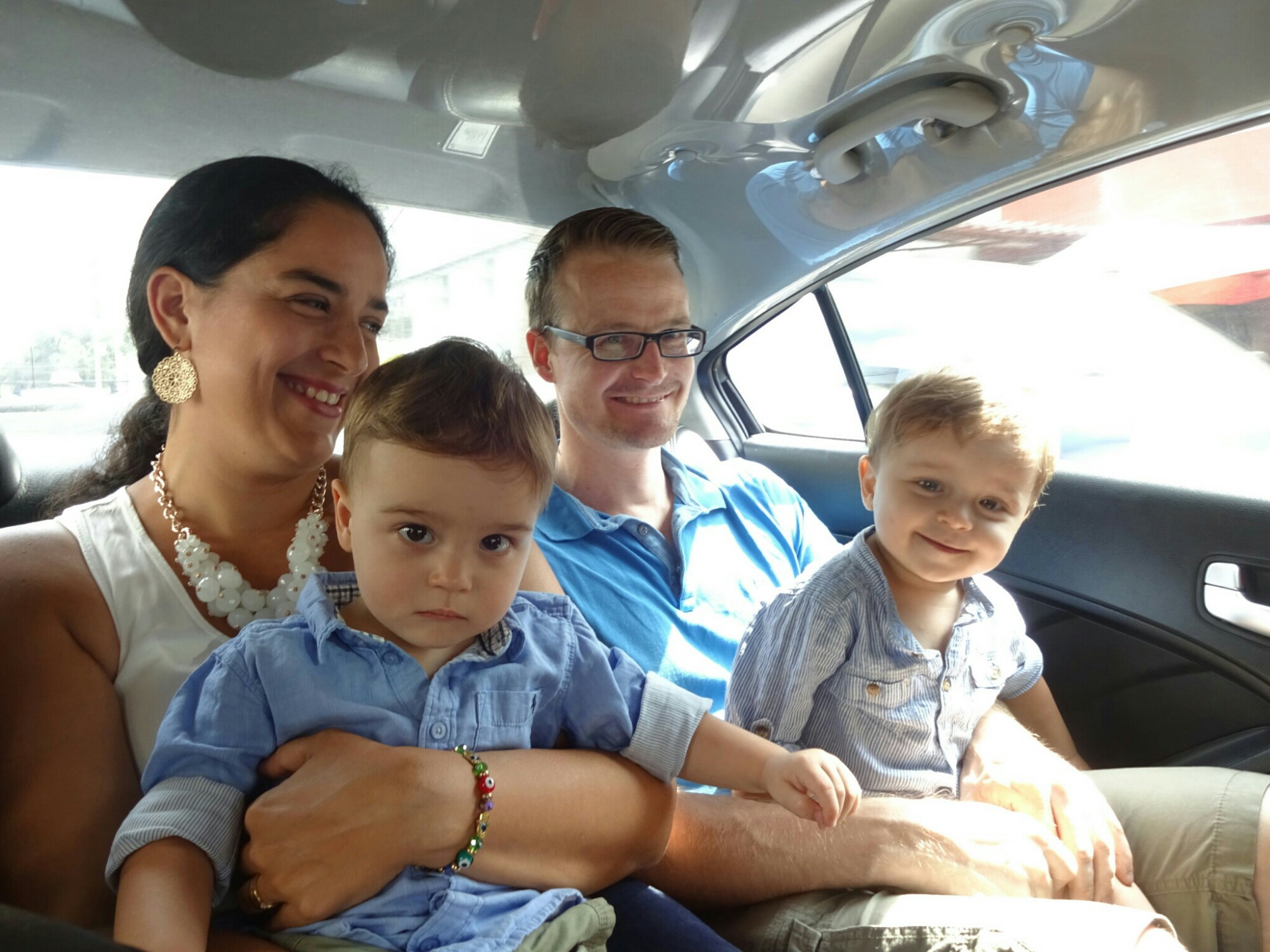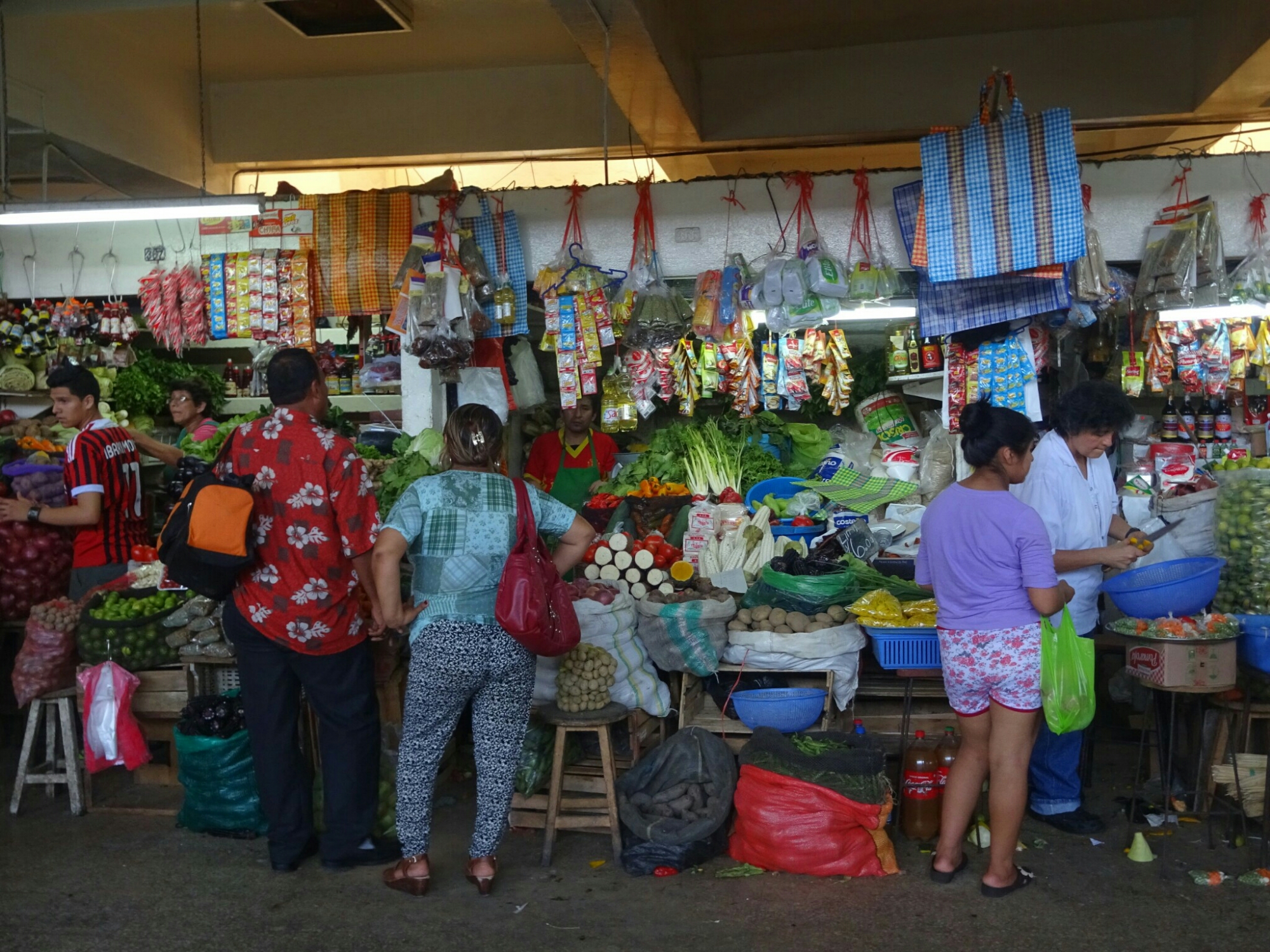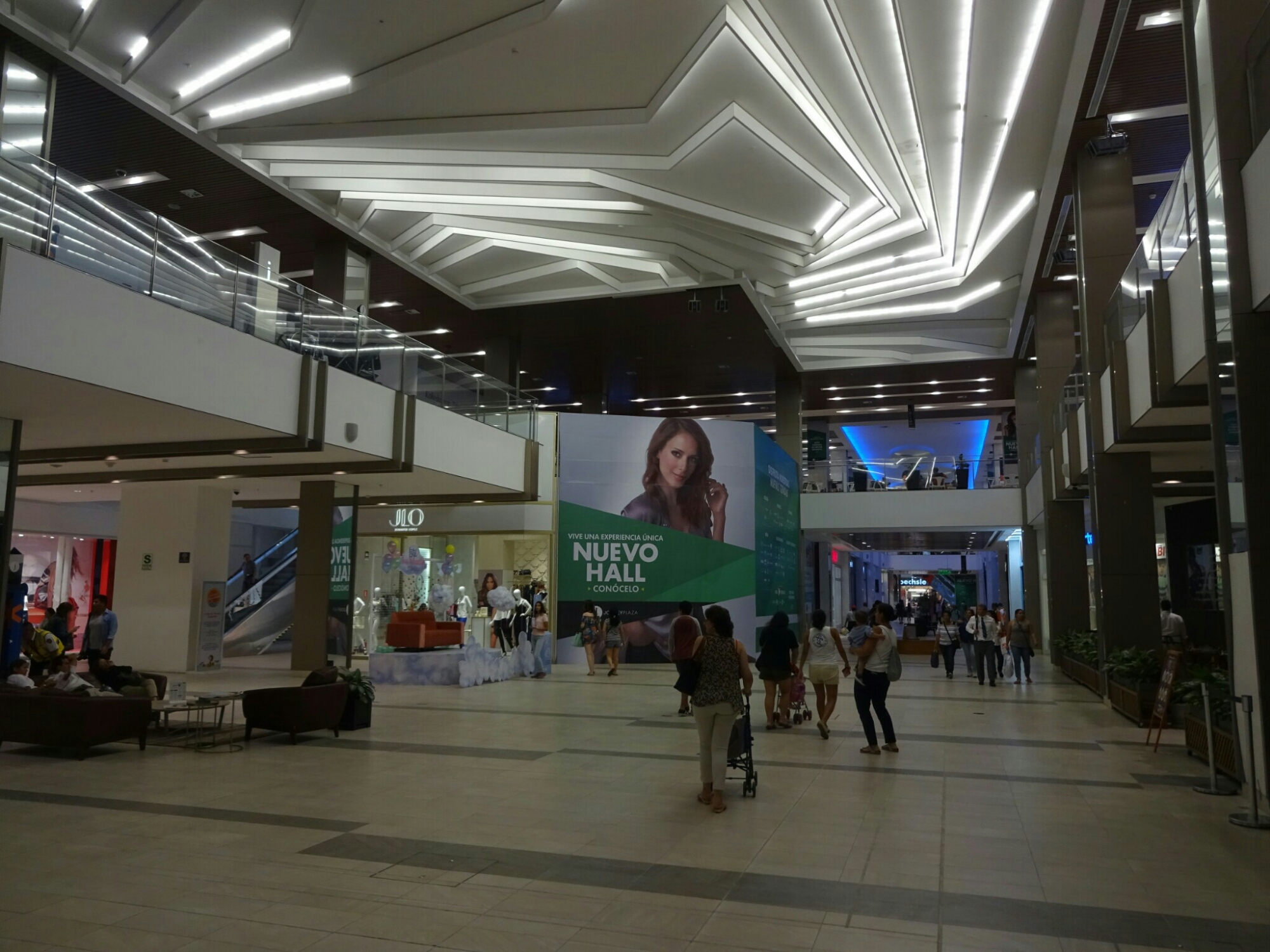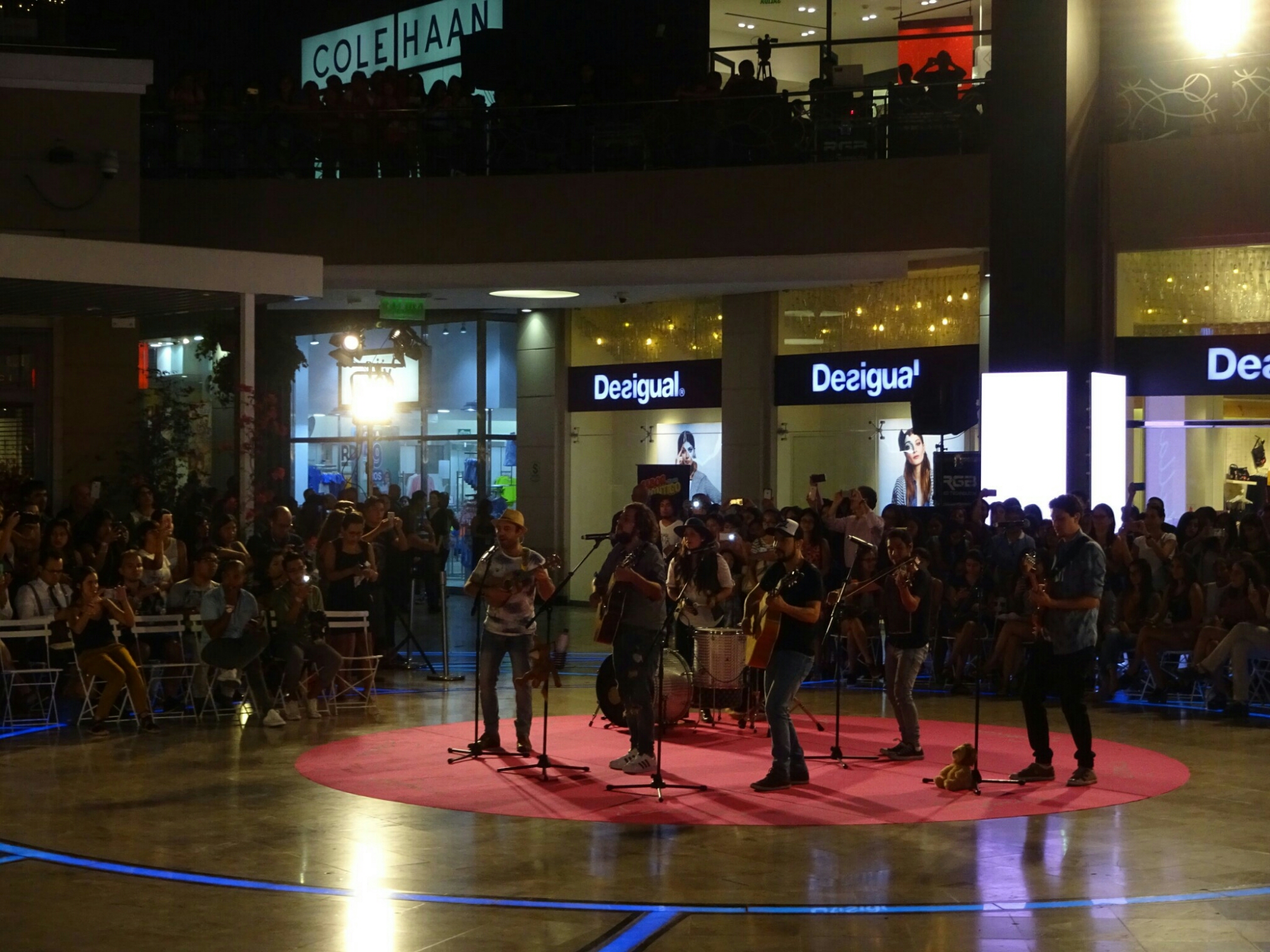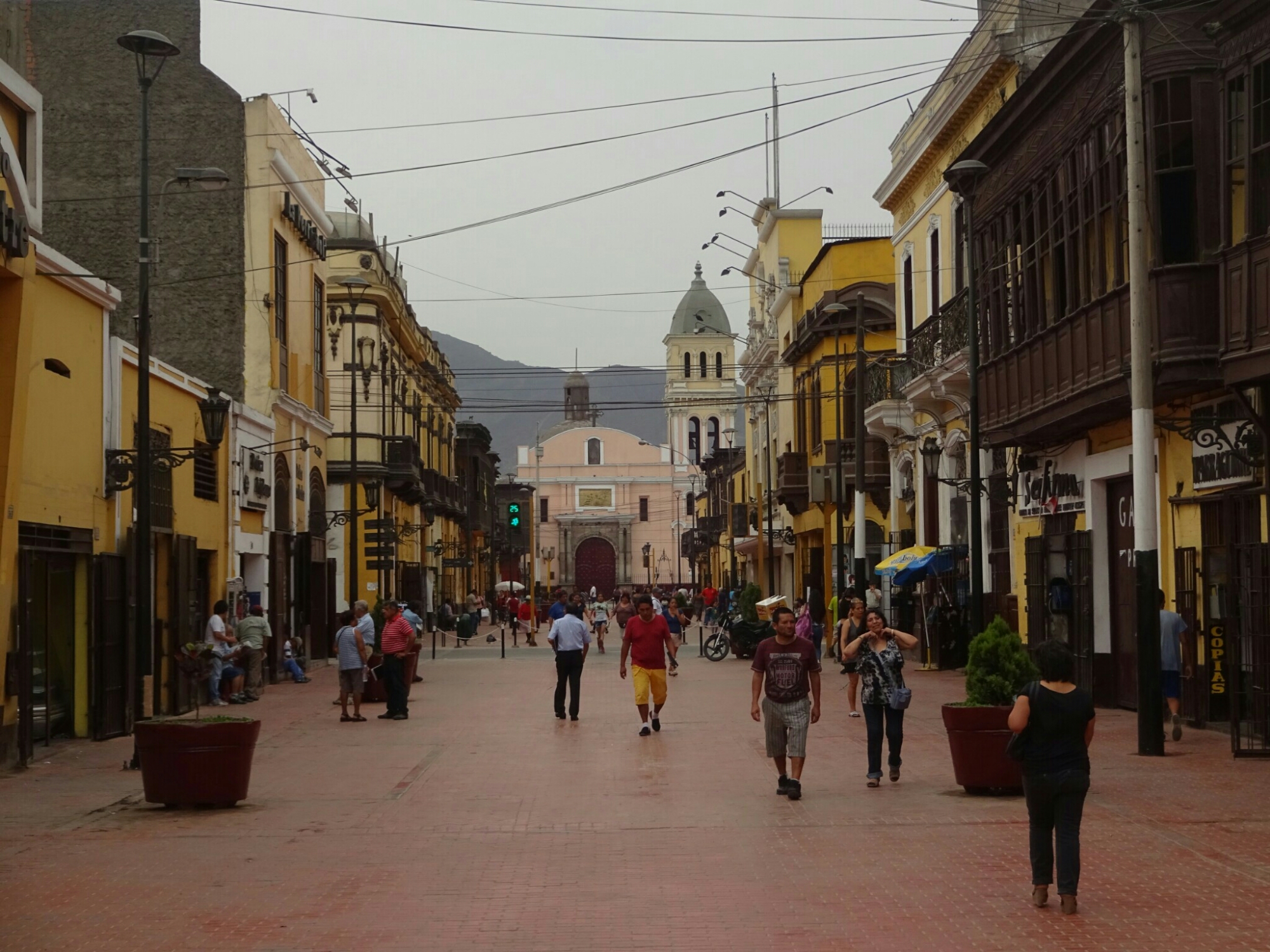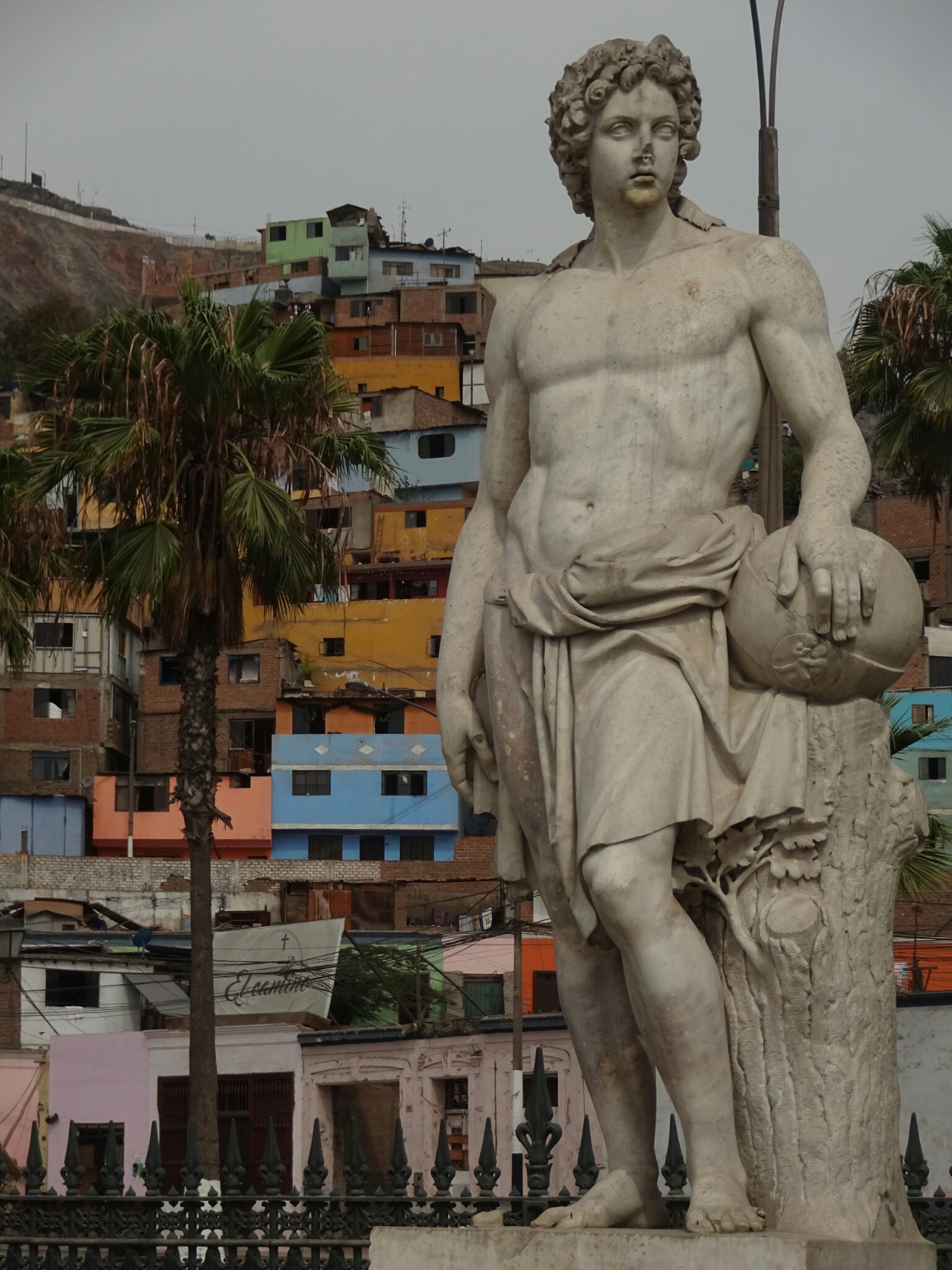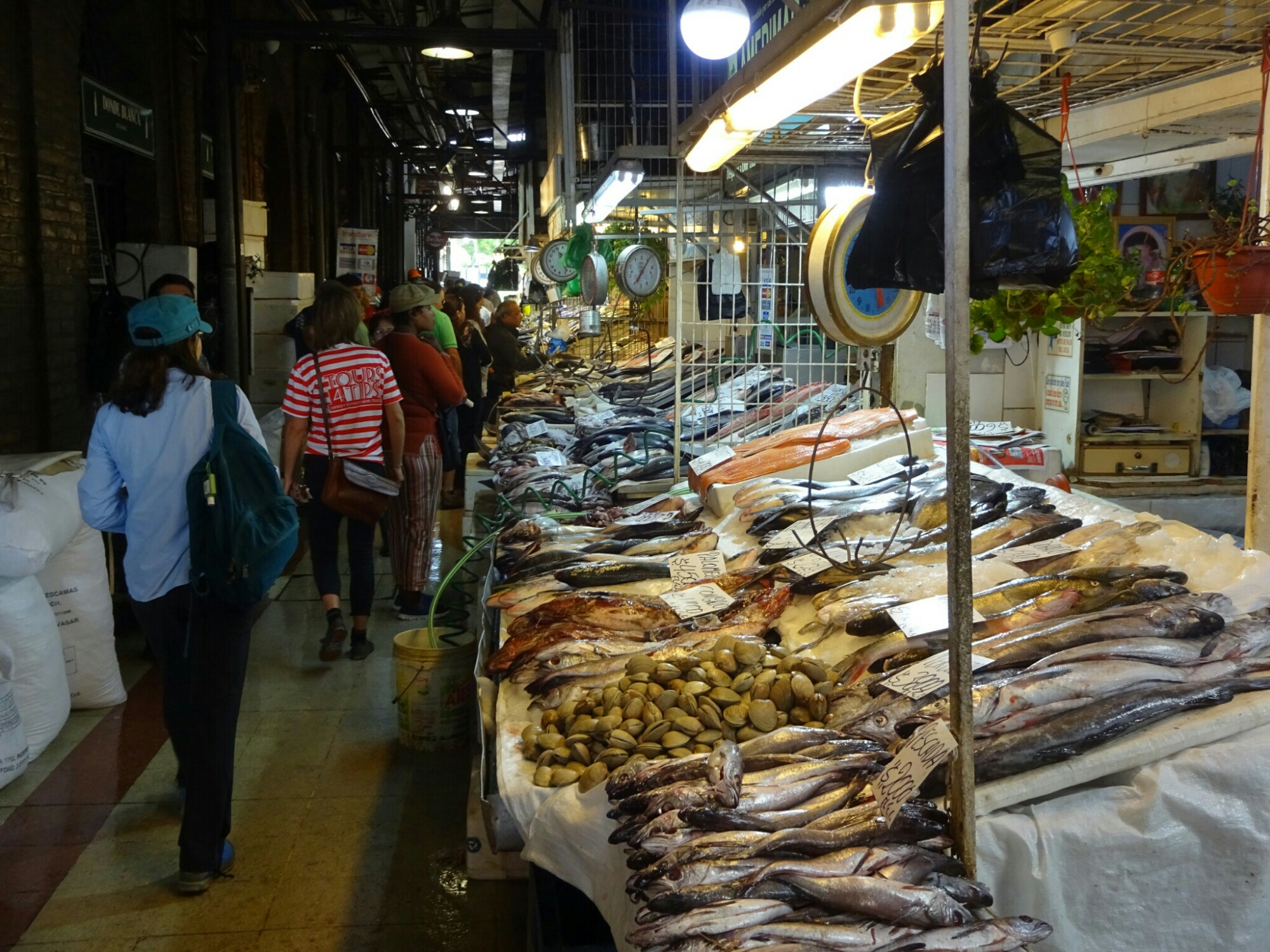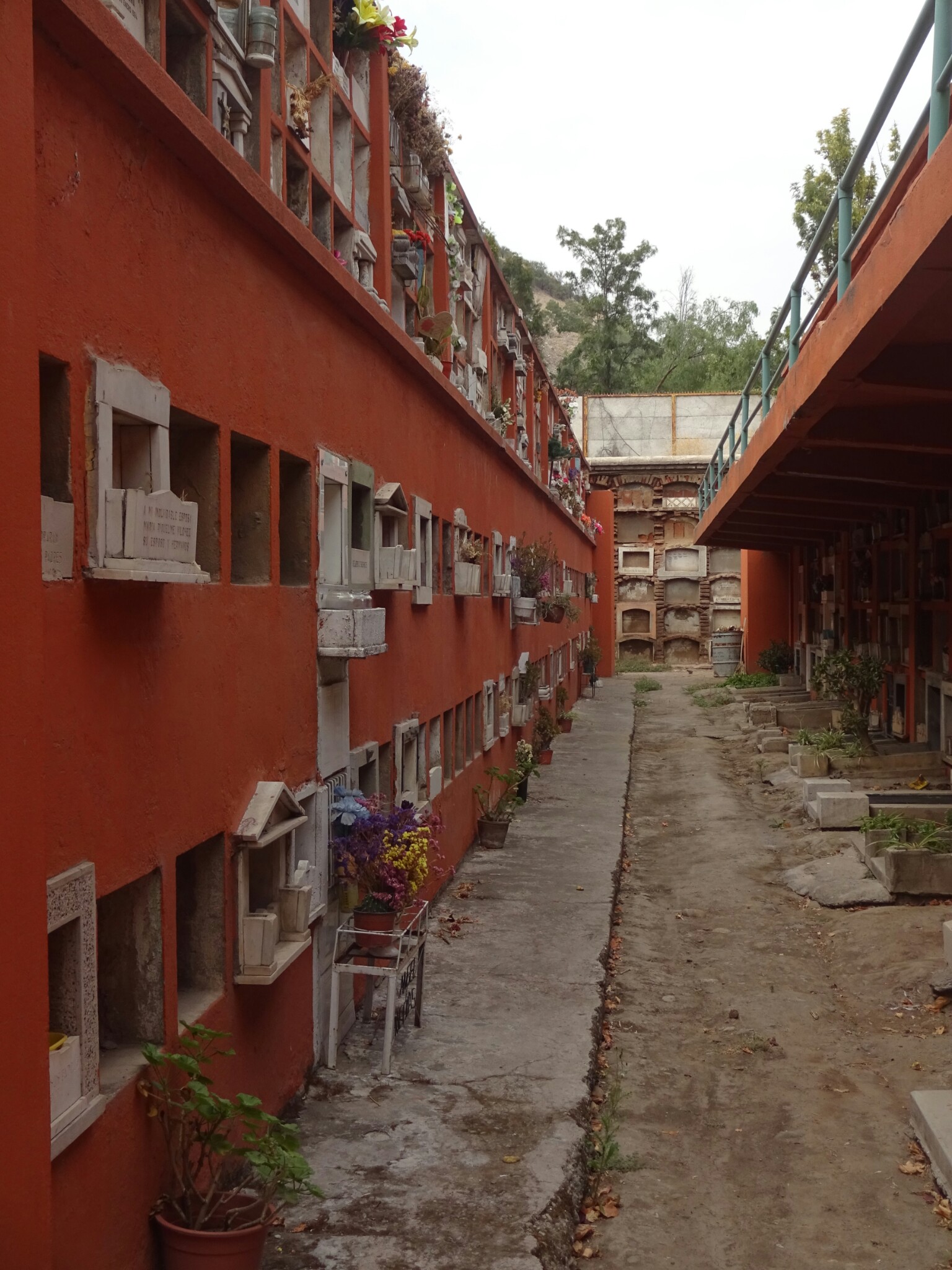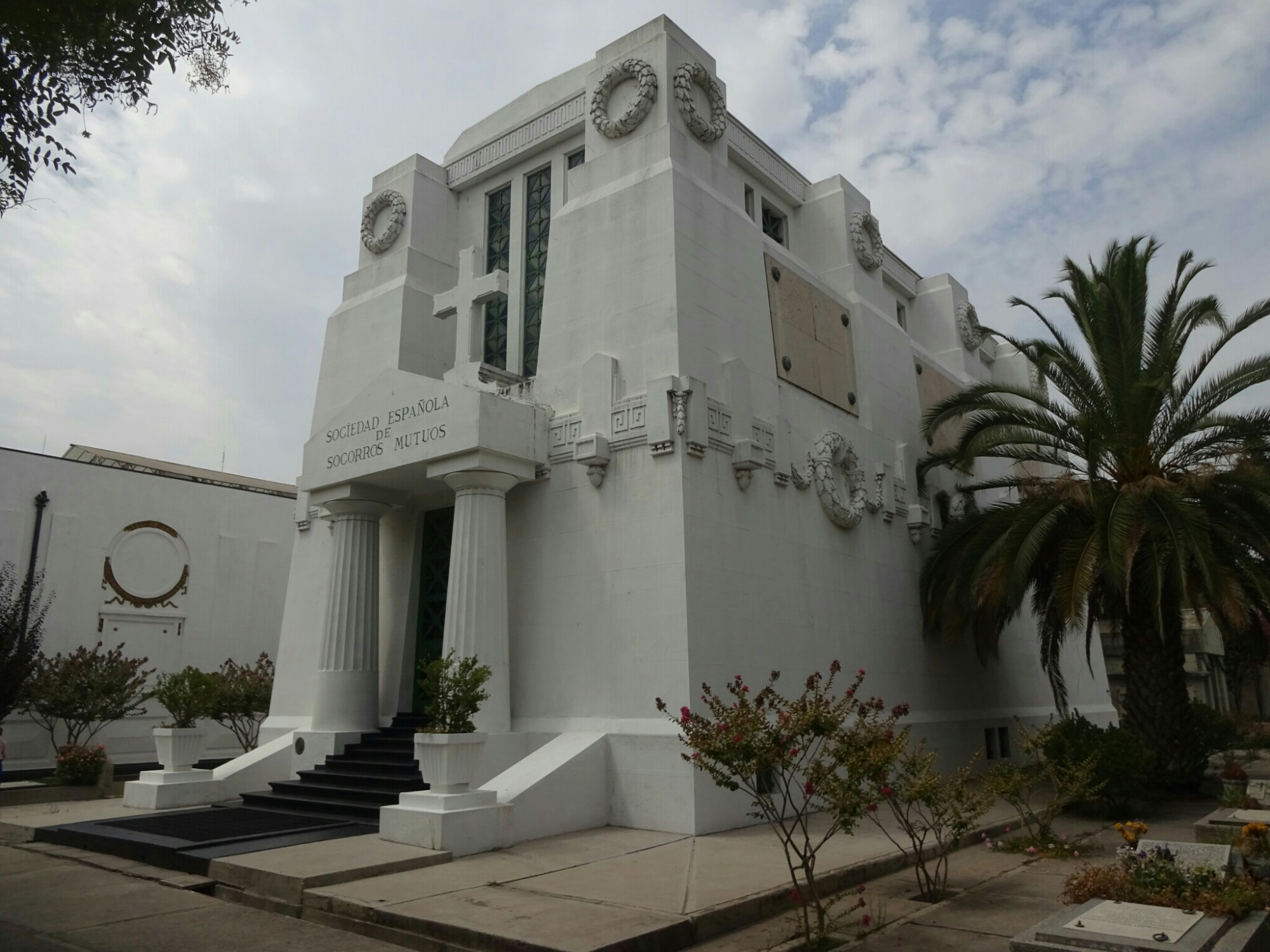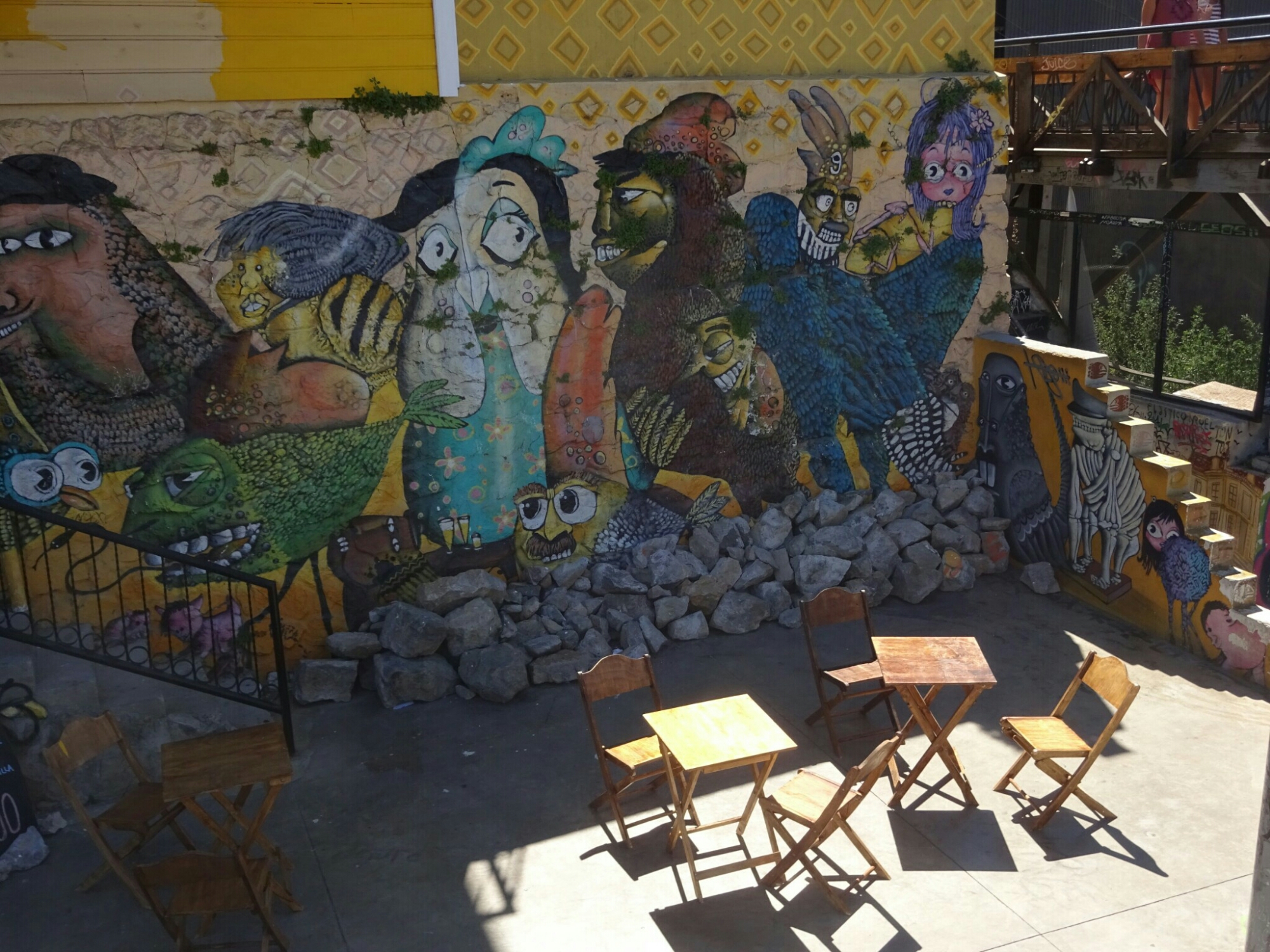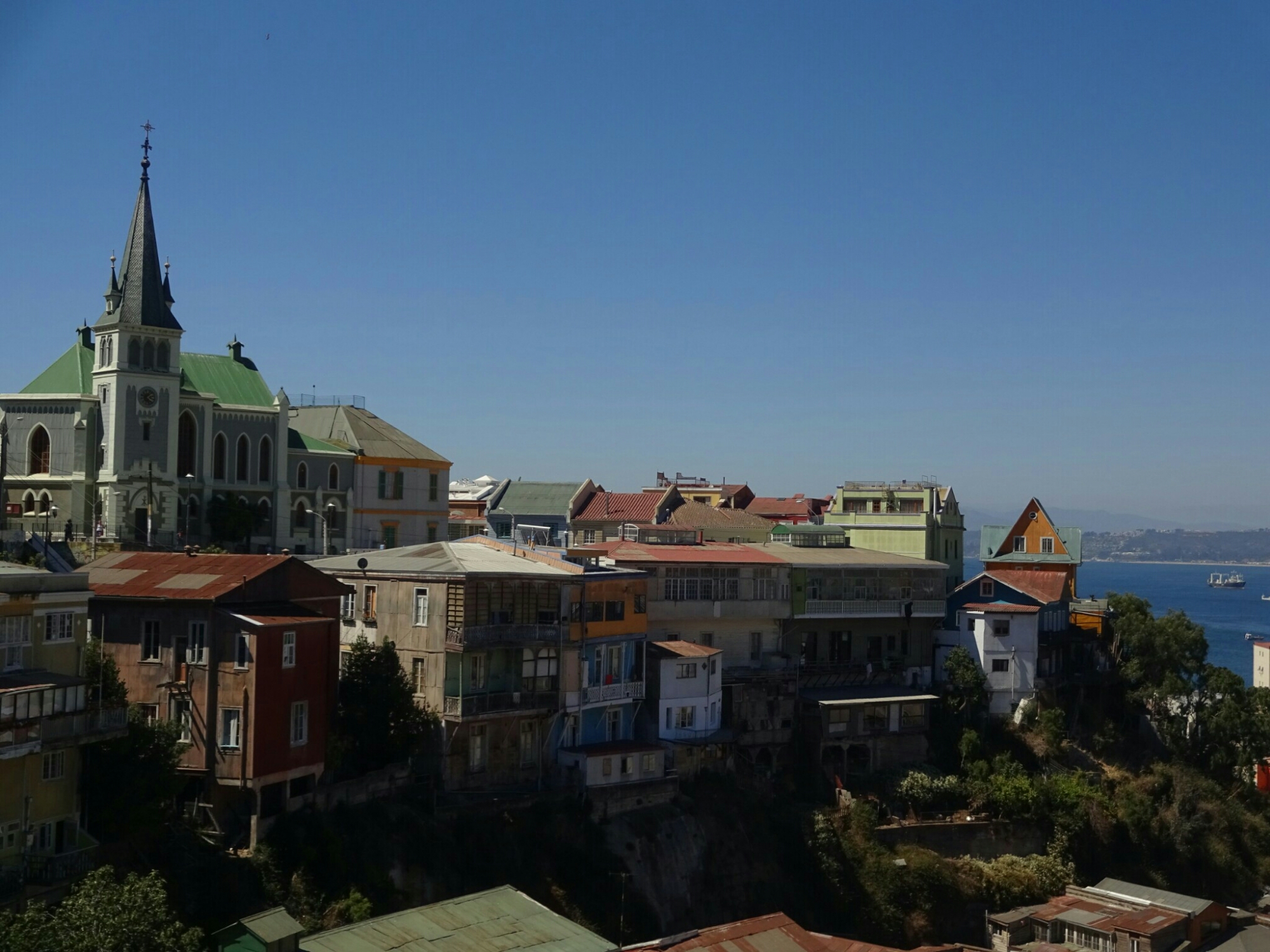After seeing the ruins of the “Sacred valley” and the Moray terraces it was time to visit the most famous of all Inca ruins – Machu Pichu. There are different ways to get to there: The Inca Trail (closed in February for maintenance), the Salcantay Trek and the Inca Jungle Trail among others. We chose the latter one, which includes biking, rafting, hiking and zip lining and allowed us to be back in Cusco for carnival without skipping part of the tour.
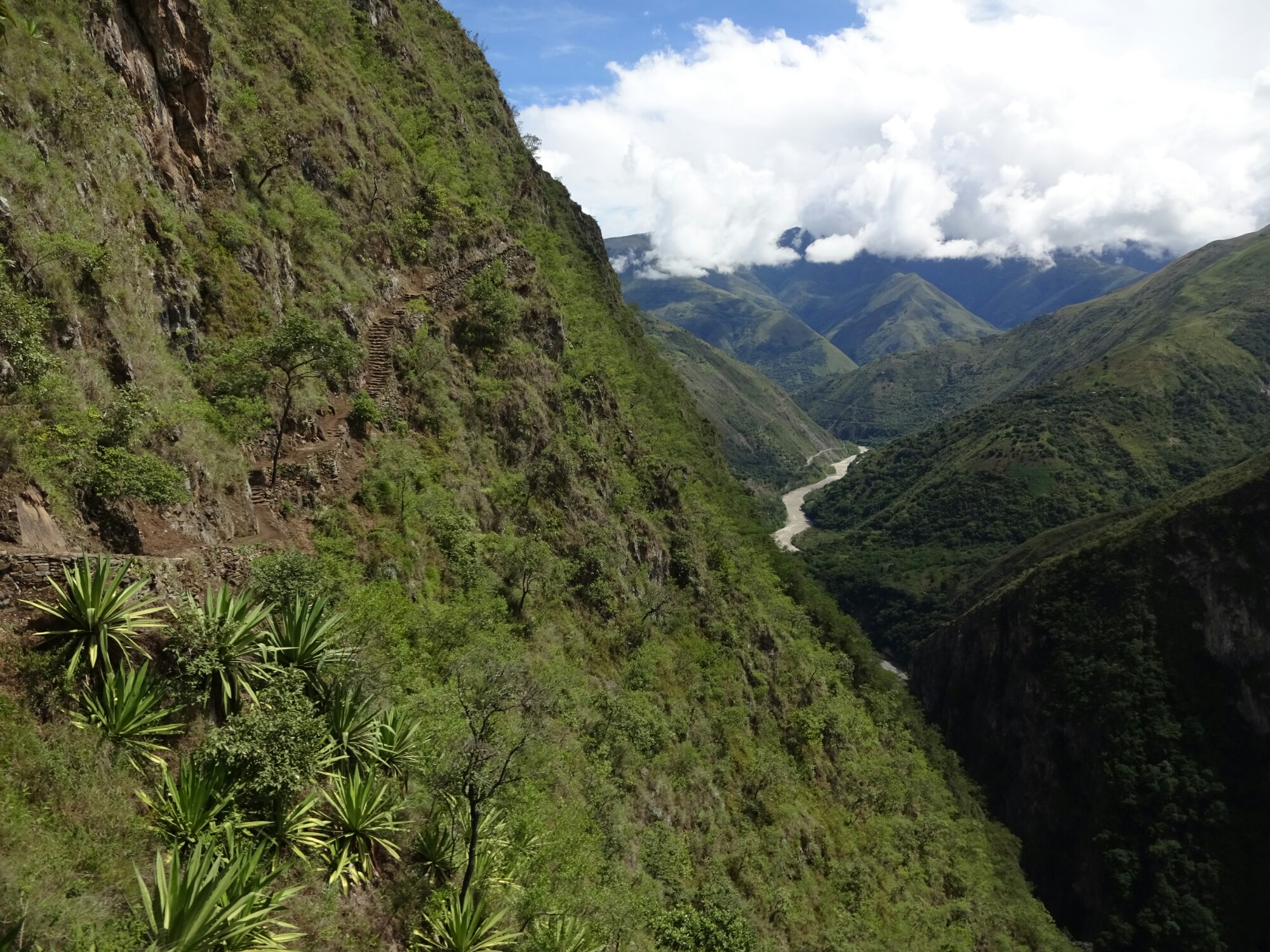
We got on the bus early in the morning. With us on the tour were Alex and Lucie from France and three American machos, who were still drunk and hungover from last night’s party. With the bikes and protective equipment all tied up on the roof we left Cusco and drove up to a mountain pass at about 4400m. Since it was covered in clouds, we had to continue a bit further down for a better visibility.


At about 3500m the conditions were better and we changed the bus for mountain bikes. From here it was about 50km only downhill biking. It was a lot of fun! The weather was perfect and we stayed dry except for the times when a stream was crossing the road. On our way down we encountered a bus that got stuck in a narrow curve and trucks who had to cool down their engine manually, because it kept overheating.


In the afternoon we had the chance to go rafting. While Nik, Alex and Lucie went for it, I decided to skip it, as the water levels of the river were pretty high and the tour agency in Cusco had advised us not to do it for safety reasons. The Americans wanted to go as well, but they passed out on the sofa, as they needed to catch up with some sleep. In the end everything went well with rafting and Nik, Alex and Lucie had a great time.

The next morning we left Santa Maria and walked along a bumpy road through the jungle. After about an hour we took a small path that left the road and led us up into the mountains, through small banana, coffee and coca plantations. During a short break at the “Casa del mono”, the monkey’s house, we learned about the different types of cocoa products, coffee beans and Inca tequila, an alcohol made from potatoes and several different herbs.


The following section was part of the original Inca trail and led us along a narrow path high above the river valley. The views were truly amazing! After a steep descend we followed the course of the river, crossing it twice – by a suspension bridge in disrepair and on a little pulley platform. At the end of the day we were quite exhausted and happy about having some time to relax in the hot springs of Santa Teresa.


Day three started with some rain, delaying our next activity – ziplining. Fortunately we didn’t need to wait too long for the rain to die down. We put on a body harness, gloves and a helmet and were ready to fly across the deep valley. We conquered the different ziplines in different styles, first sitting down, but then also upside down, spinning and “Condor-style”, all of which were a lot of fun! The rest of the day involved some more hiking to Aguas Calientes, the closest village to Machu Pichu.
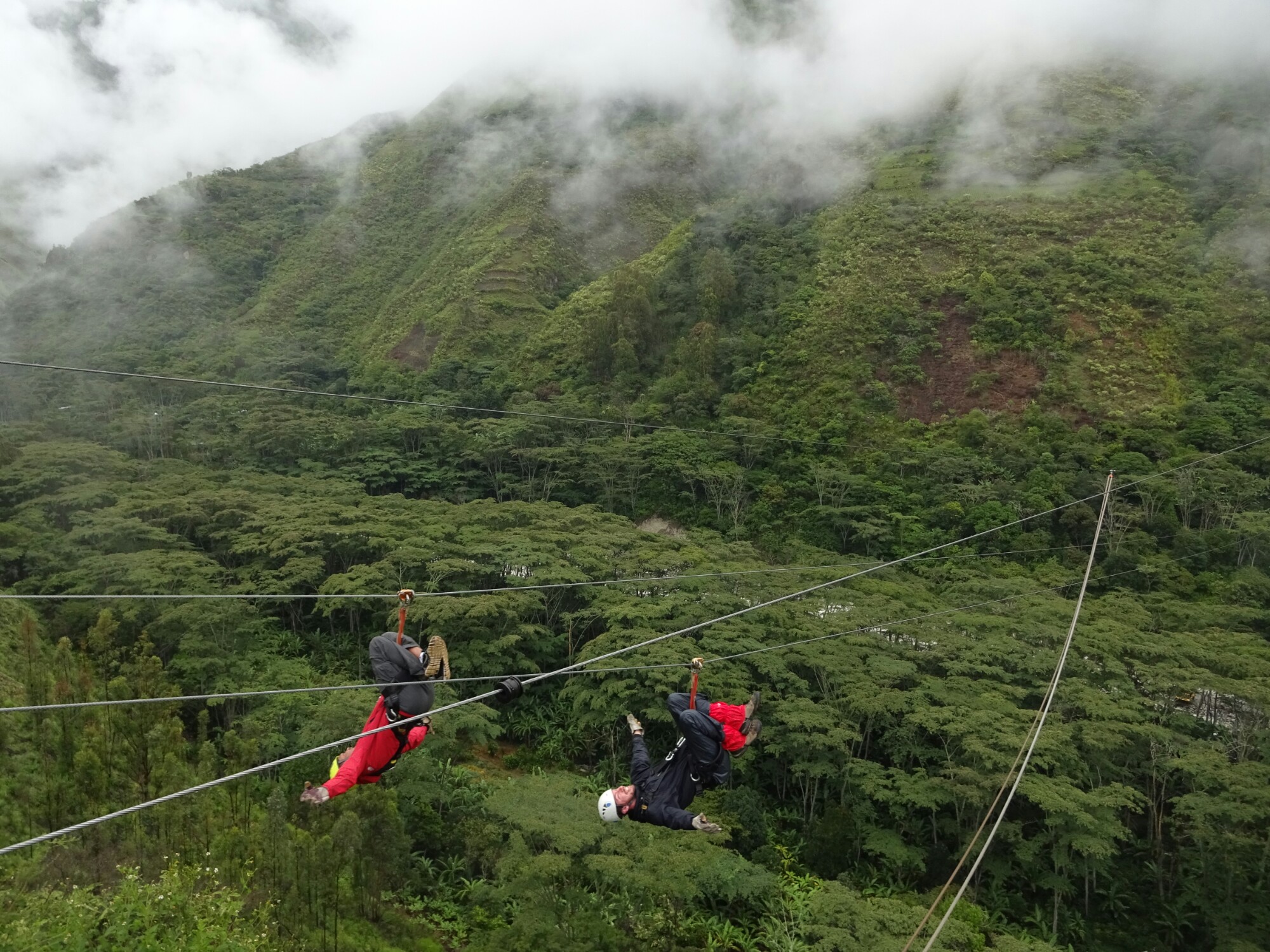
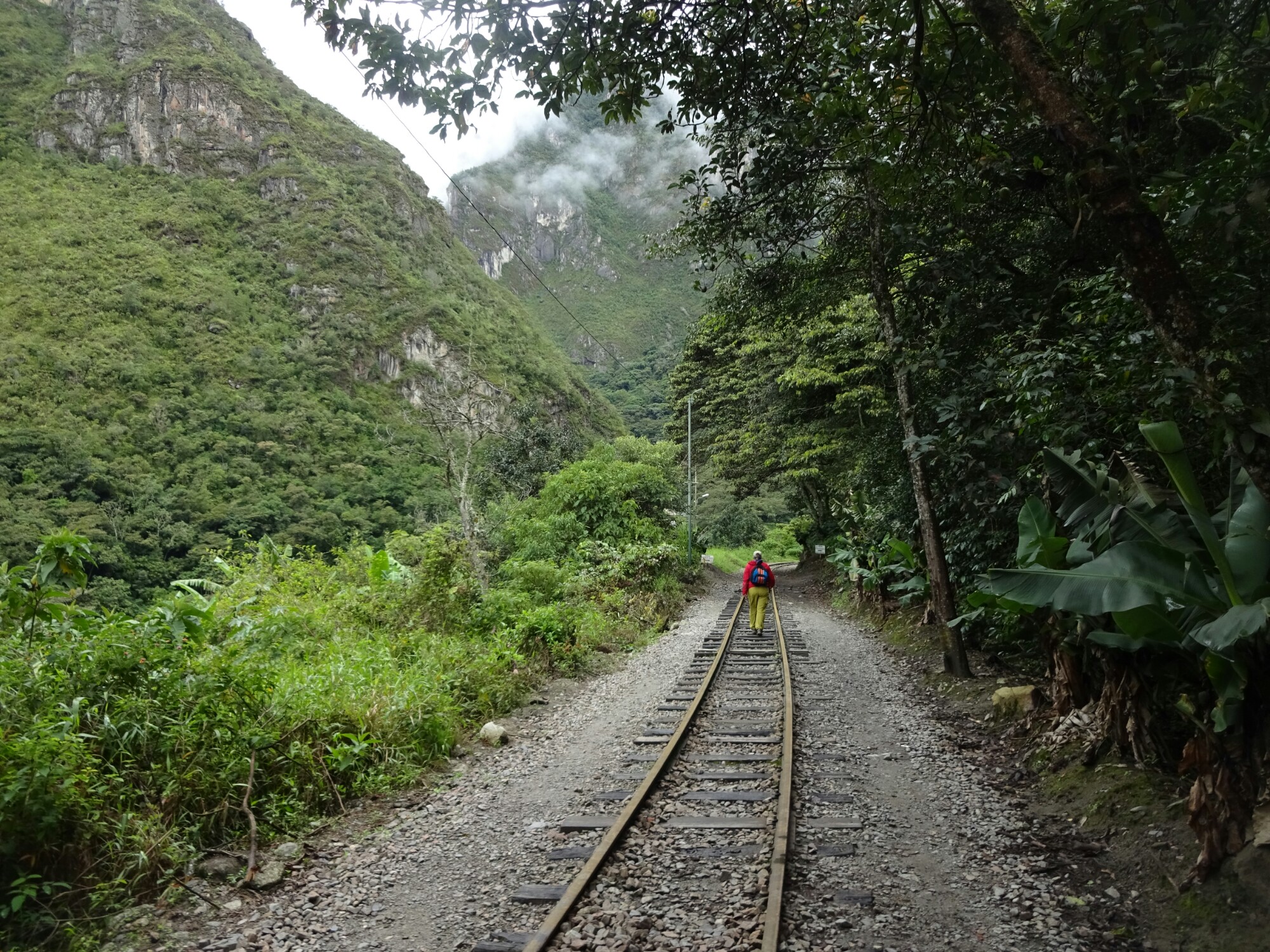
By then we were ready for the most magnificent Inca ruins. At five in the morning we started our ascend of the several hundred steps that lead up to Machu Pichu. On a guided tour we learned that the city was built in the mid 15th century for the family and friends of the ruling Inca king at that time. With the arrival of the Spaniards it was abandoned and forgotten for about 400 years.


The rest of the day we explored the large area on our own, discovering little details that we hadn’t seen before on the tour. We also climbed the steep slopes to the top of Waynapichu, constantly wondering how and why the Incas had bothered to build more structures up there. Reaching the top, it became clear, that the 360° view is perfect for the defense of the city and a great spot for sending signals across large distances.


The way back to Cusco was long and included a train and a bus. It’s the fastest, but also more expensive route, but it allowed us to be back in time for a crazy carnival party the following day. The main scene was happening on the “Plaza de Armas”, where hundreds of locals and tourists engaged in a huge fight with foam spray and water bombs. But the fighting was not limited to the main square, so we had to be careful while walking through town.









